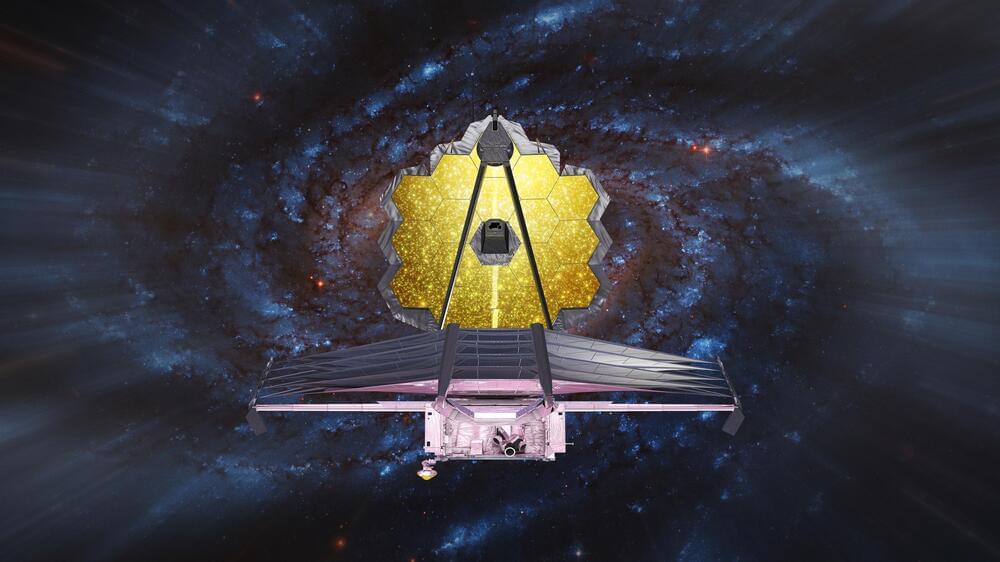The offshore wind farm is expected to lower China’s carbon dioxide emissions by 1.36 million tonnes and claims to provide more than 1.6 billion kilowatts of power annually.
China claims to have begun the construction of its first extensive offshore wind farm using 16-megawatt turbines on Saturday.
This represents a significant change from the smaller, less effective turbines that China’s offshore wind farms have often employed, claimed a report on Sunday by China Global Television Network (CGTN), a state-run media.





